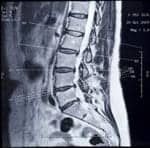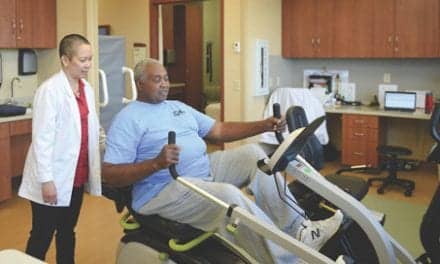
The study authors maintain that, “Spinal posture changes with age, but accumulated evidence shows that good spinal posture is important in [allowing] the aged to maintain independent lives.”
To test the participants’ spinal posture, researchers used a spinal mouse, which is a computer-assisted, non-invasive device for measuring spinal shape. The authors note that the device is guided along the midline of the spine, beginning at the spinous process and finishing at the top of the anal crease.
Following four spinal measurements taken by the device, researchers say only the trunk angle of inclination was linked to future dependence in activities of daily living (ADL), which they defined as admission to a nursing home or need of home assistance after a 4½-year follow-up period. After the follow-up period, the study indicates that 15.7% of participants had become dependent in ADL, 7.6% had expired, and 0.7% had moved out of town.
Participants who exhibited the highest the greatest angle of spinal inclination were 3.47 times more likely to become dependent in ADL when compared to those who exhibited the least spinal inclination, according to the results.
[Source: The Gerontological Society of America]



